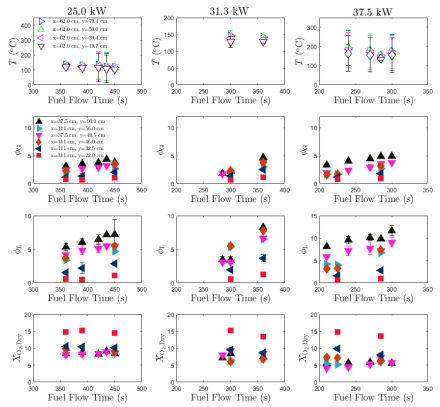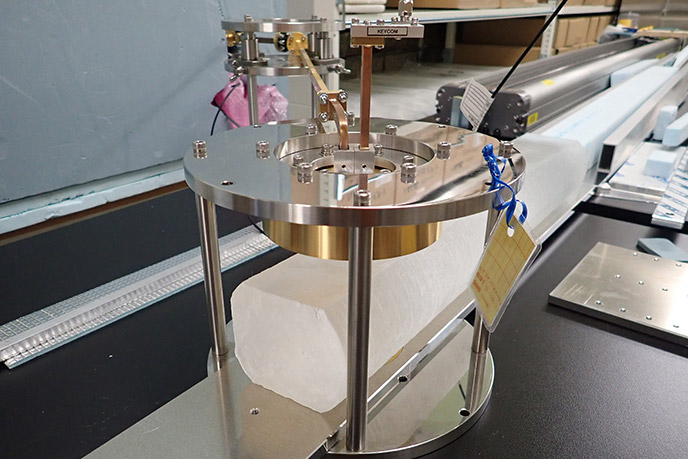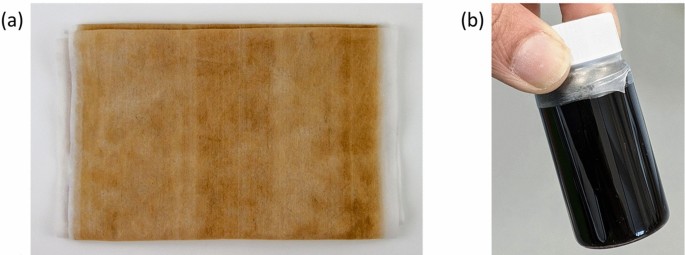2022-10-17 アメリカ国立標準技術研究所(NIST)
注入するガスの種類や量などを変えながら、500回近い実験を行い、あらゆる角度から計測を行った。温度、圧力、火球の大きさなど、さまざまなデータを記録した。特に燃料の存在比を調べるために、数十年前にNISTで開発されたファイメーターと呼ばれる装置を改良した。
ファイメーターは、燃料と空気の混合ガスをチャンバーから採取し、既知の量の酸素を加えて内部で燃焼させ、その前後の酸素の差を測定した。反応に消費される酸素が少ないほど、混合ガス中の燃料の相対的な存在量が多いことを意味する。
研究チームは測定結果を分析し、ある傾向をつかんだ。例えば、チャンバーへの燃料注入率が高いほど、バックドラフトが発生しやすいということです。さらに研究チームは、データをより有効に活用するために、機械学習アルゴリズムを使って、情報の宝庫であるバックドラフトを予測するモデルを構築した。
まず、実験中にドアが開く前にチャンバー内の1カ所で計測したガス濃度、燃料の濃さ、温度などのデータを与えて、モデルを試作した。その情報だけで、バックドラフトが発生する確率を推定する必要があった。
50%以上を肯定、50%未満を否定とした場合、テストした実験の70.8%でモデルが正解した。さらに、チャンバー内の2カ所目の計測を加えると、精度は82.4%に向上した。
<関連情報>
- https://www.nist.gov/news-events/news/2022/10/machine-learning-based-solution-could-help-firefighters-circumvent-deadly
- https://www.nfpa.org/-/media/Files/News-and-Research/Resources/Research-Foundation/Symposia/2022-SUPDET/Papers/SUPDET22-A-binary-Logistic-Regression-Model-to-Evaluate-Backdraft-Phenomenon.ashx
バックドラフト現象を評価するためのバイナリロジスティック回帰モデル現象 A binary logistic regression model to evaluate backdraft phenomenon
Ryan Falkenstein-Smith、Thomas Cleary
2022 Suppression, Detection and Signaling Research and Applications Conference

Abstract
A technique to predict backdraft phenomenon using a binary logistic regression model is presented. The model is established from timeaveraged temperature, global and local equivalence ratios, and oxygen concentration measurements obtained in a series of backdraft experiments conducted at the National Fire Research Laboratory at the National Institute of Standards and Technology. The experiments utilized methane and propane fires of different sizes in a reduced-scale enclosure to create conditions conducive to a backdraft phenomenon. Time-averaged measurements estimated immediately before an anticipated backdraft were observed to vary with the duration of the total fuel flow time into the compartment. The established model’s accuracy was found to improve with the inclusion of all time-averaged measurements as opposed to fewer components.



